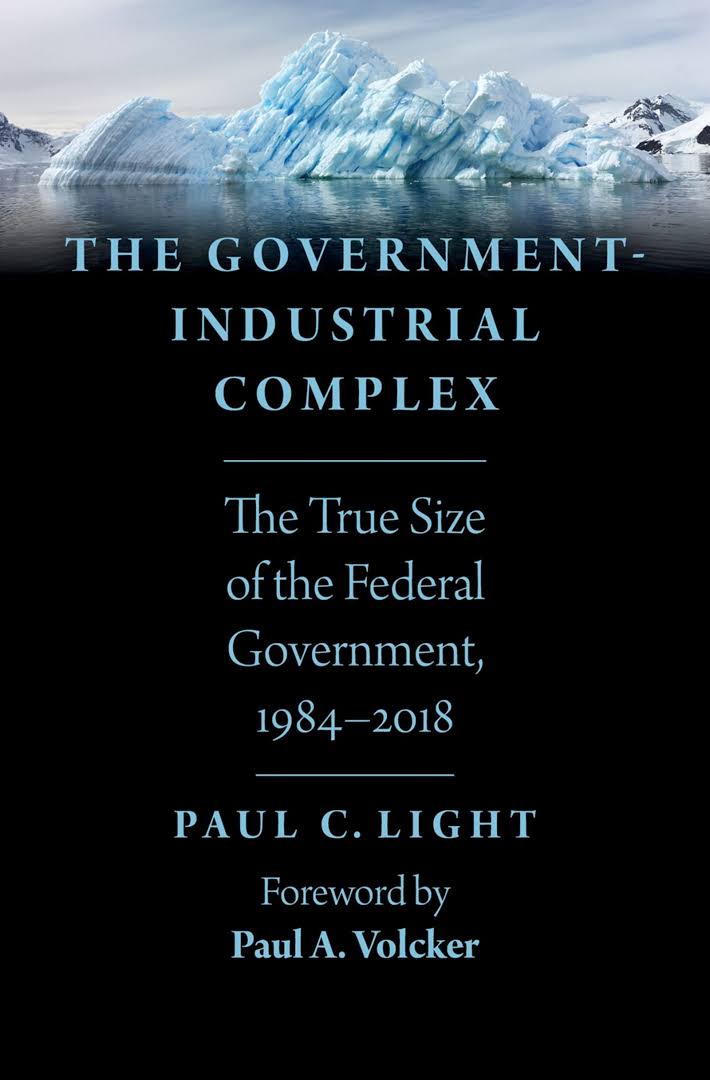The government-industrial complex
the true size of the federal government, 1984-2018
- ISBN: 9780190851798
- Editorial: Oxford University Press
- Fecha de la edición: 2019
- Lugar de la edición: New York. Estados Unidos de Norteamérica
- Encuadernación: Cartoné
- Medidas: 22 cm
- Nº Pág.: 225
- Idiomas: Inglés

In his 1961 Farewell Address, President Eisenhower famously referred to the emergence of a "military-industrial complex" so powerful that it threatened to warp America's political institutions and economy. However, the military was not the only part of government that was growing by leaps and bounds. Over the next half century, the size of the federal government expanded at a breakneck pace in almost every category, and today the government as a whole is genuinely elephantine.
In The Government-Industrial Complex, government-reform expert Paul Light not only traces the expansion of the federal government over the past few decades, but also explains why it has taken the shape that it has. In marked contrast to governments in other wealthy countries, America's relies heavily on private contractors over actual government employees. Drawing upon Eisenhower's description of the military-industrial complex, Light shows that the federal government now depends on more than 9 million contract employees to faithfully execute the laws. To do this, he offers short histories of the roles of various presidents and the impacts of war on the changing size of government. He also highlights the Trump administration's early strategies on downsizing and deconstructing government.
In this landmark account of the nature and scope of national governance in the United States, Light stresses that achieving the right balance between public and private responsibilities is key in making government both more efficient and more responsive
Preface
Chapter One: A Warning Renewed
Chapter Two: The True Size of Government
Chapter Three: Pressures on the Dividing Line
Chapter Four: A Proper Blending
Conclusion: The Next-Gen Public Service
Appendix 1: Options for Reform











